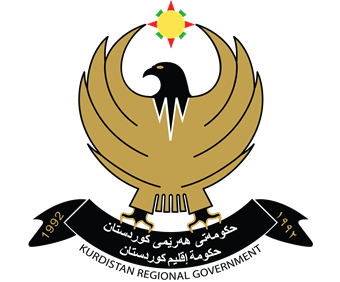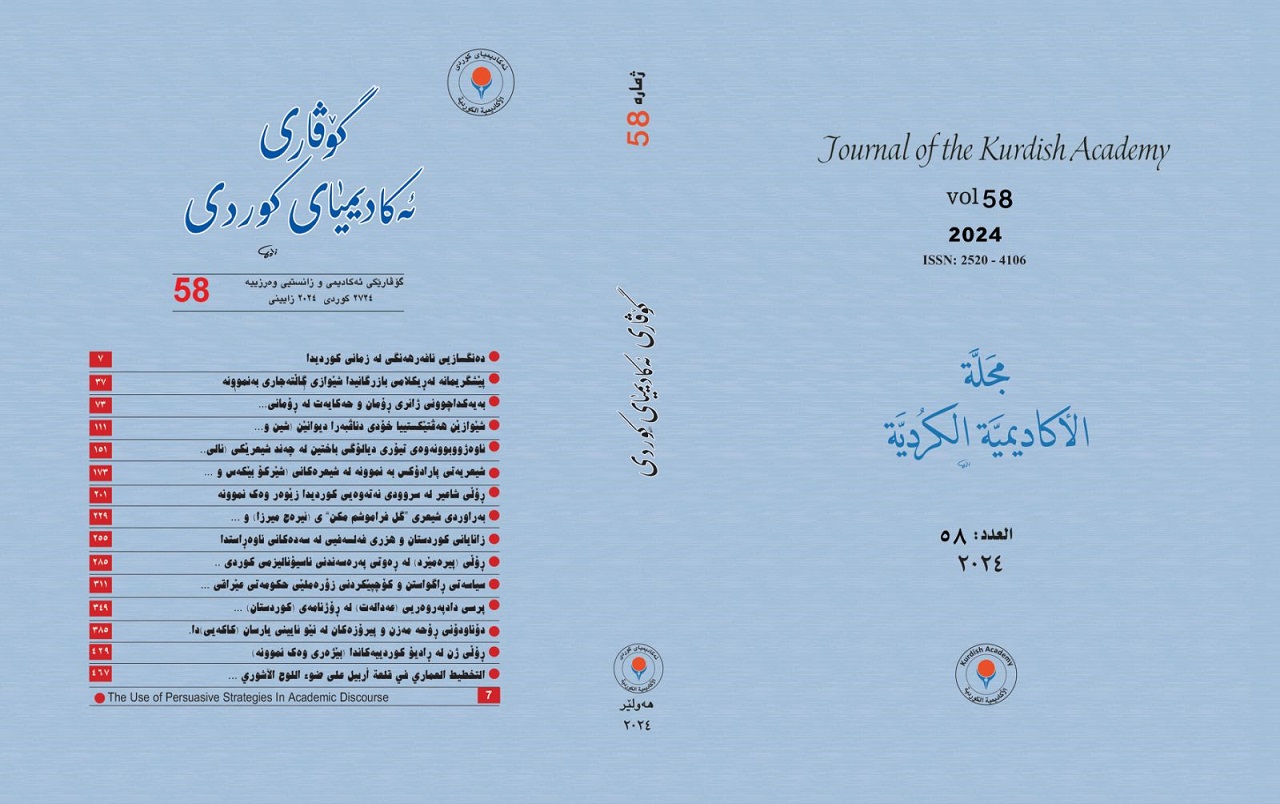The Method of intertextuality Between Two Divans (Sheen, Shady, Delistan, Bahiz)
DOI:
https://doi.org/10.56422/ka..58.158Keywords:
method, intertextuality, text, self, interaction, relationship, quotation, divan.Abstract
This study, entitled is an attempt to show that intertextuality is not only tackle the interaction and relationship between two texts or a text and a group of texts, whether these texts are prior or contemporary texts. But, it also tackles the interaction, connection and relationship among the texts and works of the same writer. Generally, intertextuality is divided into three types: self-intertextuality: in this type of intertextuality, interaction, overlap, and quotation occur between the texts of one writer. Internal: in this type of intertextuality, interaction and relationships is between two texts of the same period of time. External: this type of intertextuality is the reaction, interference, and bonding between a text and a large group of other texts. The purpose of this study is to show the most important methods of self-intertextuality that are used in all the three divans that are selected as a sample for research. The results showed that this type of intertextuality has been used in all the three divans by quoting words, expressions, ides, and meanings. This is due to the poets’ desire to raise and show their experiences of their previous texts in their new texts, because it has a big and significant role in their journey of creativity and productions. Self-intertextuality of the texts of the same writes also becomes a principle for identifying and determining the characteristics of the style of writing of each writer or poet, and also to distinguish between different styles of different writers and poets.
Keywords: method, intertextuality, text, self, interaction, relationship, quotation, divan.





